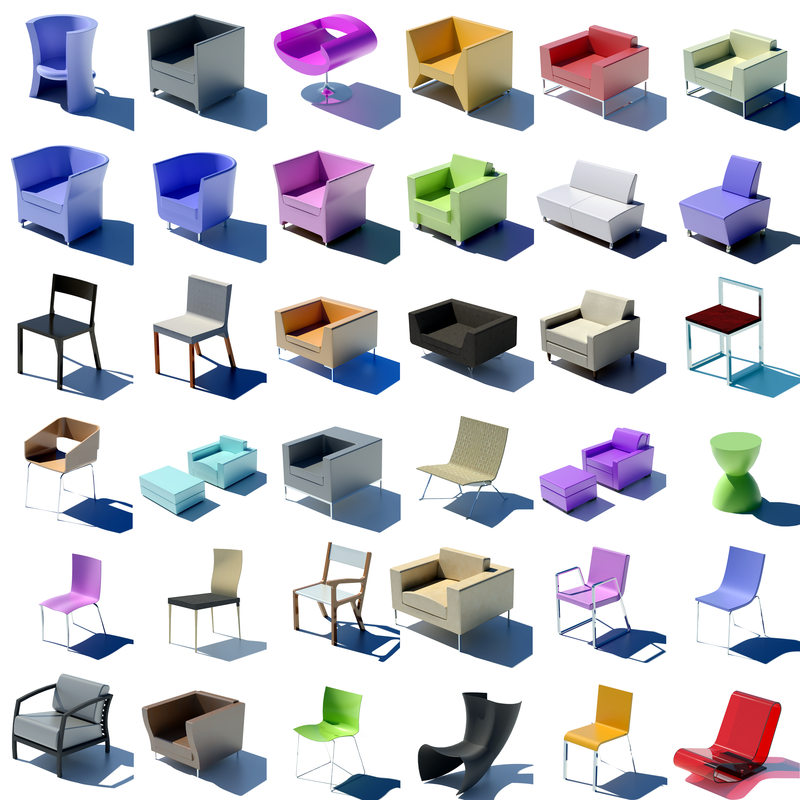

More manufacturers are realizing that if their product line is represented as 3D Revit families, they are more likely to be specified for purchase by the general, mechanical, or electrical contractor. These same architects and engineers are inserting manufacturer-specific objects into these building models since they help the model appear as realistic as possible and provide the most accurate information for design analysis and estimating purposes.


Its modelling and parametric technology is unmatched in the industry. More and more architects and engineers are designing buildings using Autodesk Revit. The following image is a Revit family representing an air conditioning rooftop unit: A family can be anything: a chair, window, wall, chiller, boiler, or electrical panel. It can include geometry in 2D or 3D as well as data that supports the definition and creation of object instances. In other words, a change anywhere is a change everywhere, instantly, with no user interaction to manually update any view.Ī Revit family is a graphical representation of any building object and symbol. Importance of Revit families and have developed entire lines of virtual 3D equipment.įor pricing and other details, please continue reading or click here.Īutodesk® Revit® is a desktop-based software tool thatĪllows users to design 3D building models using parametric modeling and drafting elements. Many of the largest HVAC and building component manufacturers realize the

Your equipment if it is inside the 3D virtual model. Is that engineers and contractors are more like to spec The advantage of developing Revit families for all of your equipment and building components These 3D models can be placed in the 3D virtual building model for building analysis and estimating purposes. Include the the geometry and important parameters that describe the behavior of the equipment such as the fan speed for an air handler or theīTUh output of a boiler. Such as rooftop units, chillers, boilers, windows, and walls. Autodesk® Revit® families are 3D graphical representations of actual equipment and building components


 0 kommentar(er)
0 kommentar(er)
